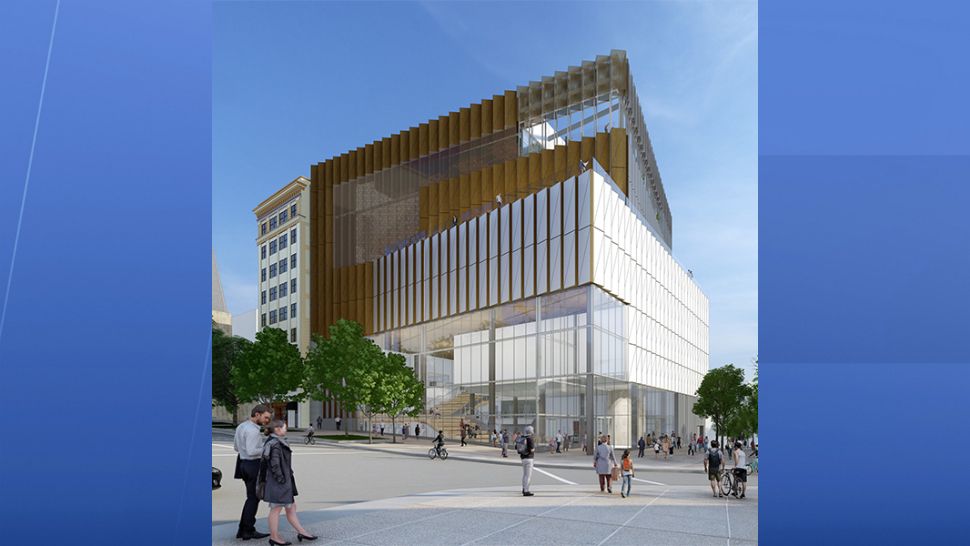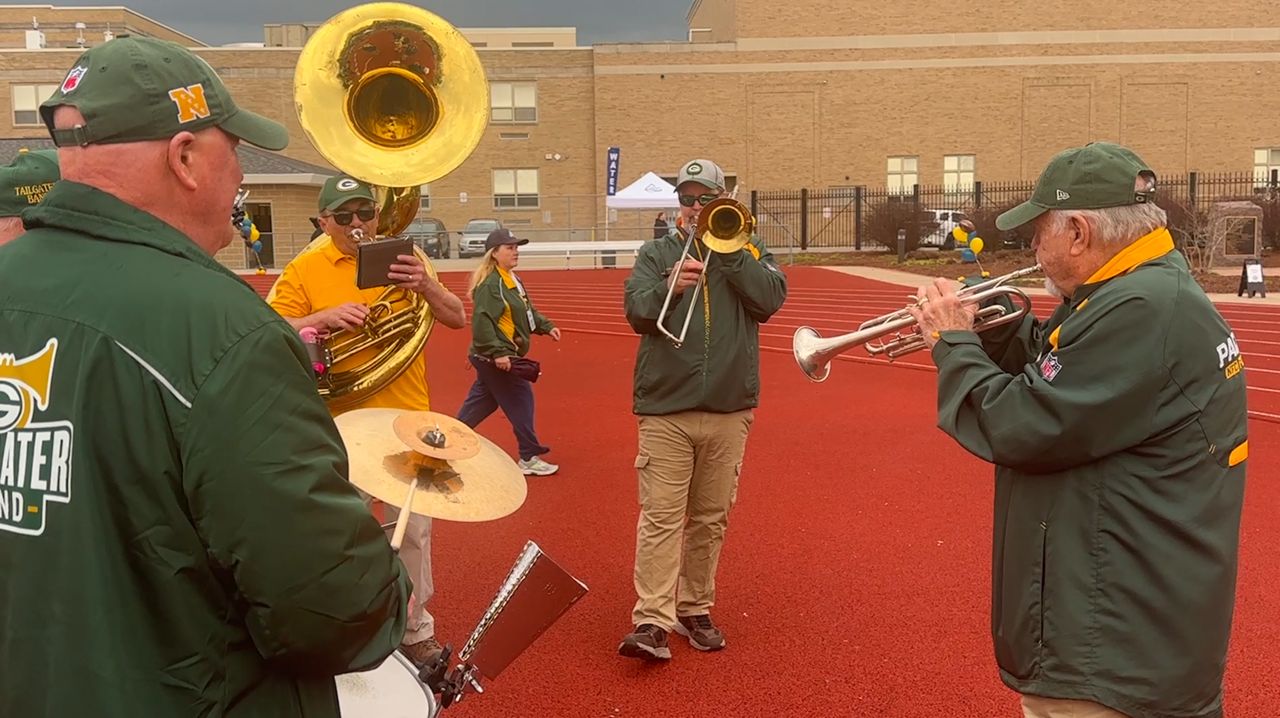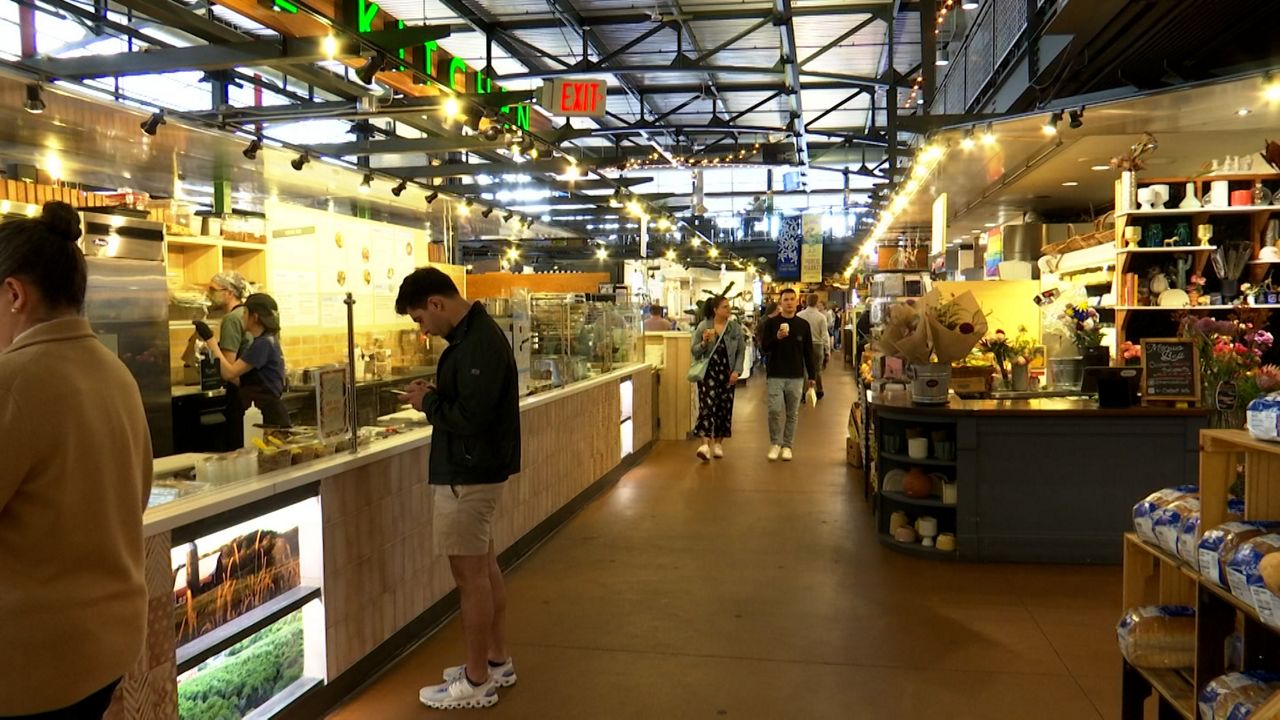KENOSHA, Wis. — A project is underway to undo years of damage and restore the Shagbark Recreational Area in Kenosha back to its natural ecosystem.
It’s made possible with a $241,000 grant from the Sustain Our Great Lakes program and the Fund for Lake Michigan to preserve natural areas and biodiversity in Wisconsin's Lake Michigan Watershed. Additional assistance is being provided by the U.S. Fish and Wildlife Service and Microsoft.
The city of Kenosha has partnered with the nonprofit group, Root-Pike Watershed Initiative Network, to restore the 35-acre park with a portion of that grant money.
Marek Landcaping is in charge of the project. Owner Mike Marek and his crew have begun to use a “No-Till Seed Drill” to plant dozens of different native plants. The tool is designed to prevent any damage to the soil.
“It allows us to make small slices in the sod and drop seed into a grove and then press it closed so there is very minimal disturbance. It prevents erosion, and it gives the seed an ideal seed-to-soil contact for germination,” said Marek.
Before starting to plant, he said they had to get rid of the turf grass that has long covered most of the Shagbark Recreational Area.
“We cannot start planting native seed without killing the turf grass first,” said Marek. “It’s just too competitive.”
Decades ago, the land was cleared for development projects and turf grass was put down to help stormwater flow. Before that, it was home to an abundance of wildlife and plants.
“The natives relied on that land for food, fiber and medicine, and less than 1% of that prairie is left, and that is the life source for all of the wildlife in our area,” said Marek.

Dave Giordano, executive director of the Root Pike Watershed Initiative Network. said planting native vegetation will better absorb stormwater, reduce flooding and improve water quality.
“It follows these root systems, these root channels, all the way down, so a lot of that water stays in the ground instead of being kicked down stream which was a common practice for the last century really to try to convey that water,” said Giordano. “What we are trying to do is really undo the conveyance and allow for the natural processes to happen, which is infiltration.”
Kenosha Mayor David Bogdala and Ald. Rocco Lamacchia, who has the Shagbark Recreational Area in his district, said they are proud of this project and thankful for the grant money making it happen.
“By having these native plantings here, it really is going to impact what’s going into our rivers and streams, and obviously Lake Michigan, which is the source of our fresh water,” said Bogdala.
Marek said it will also lower city lawn-mowing costs and will provide richer outdoor experiences for people who live nearby.
“It’s going to provide a ton of opportunities for kids and neighbors to fish out here, to enjoy watching wildlife, birds and butterflies. I think it’s foundational to a simple, beautiful life,” said Marek.
The project is expected to take three years to complete.
Correction: A previous version of this story listed the incorrect amount of grant money being used for the restoration project. This error has been corrected. (April 8, 2025)












